Year two would see many positive changes for the Behind the Big House Tour. One such change was adding school children, so on Thursday morning, April 11 local school groups were scheduled to visit the Hugh Craft House and slave dwelling. This was also an improvement because last year only the slave dwelling at this house was available for public viewing. Unfortunate for me, recalling my knowledge of being a park ranger at Fort Sumter, I had a preconceived notion that the high school students would misbehave, but proper preparation by their teachers; an orientation in the “big house” by Alex Mercedes and the home owner; the power of the place; and my Civil War uniform were all factors in the kids giving me their undivided attention. I only regret that I had to cut short the time given to the last group because of another scheduled obligation. Regrettable because one young lady in the last group engaged in a line of questioning about the institution of slavery that made her get so emotional to the point of shedding tears; honorable because the rest of the group respected her outward moment of mourning. This was a true testament of the power of place.
The official opening ceremony for the project occurred at the Smiling Phoenix a newly restored historic building on the town square of Holly Springs. The spacious building is now Holly Springs’ only coffee shop and is the talk of the town. I was thoroughly impressed by the demographics of the crowd that showed up for the event. My observation would be 60 % African American and 40 % Caucasian. This impressed me because I recalled last year for the two days that the two slave dwellings were open to the public only a sprinkling of African Americans came for the tour. I also recalled that as I queried those few African Americans the overwhelming message was that before the Behind the Big House Tour, the Holly Spring Pilgrimage had nothing to offer them. My only hope was that the strong presence of African Americans at this opening event would translate in to more African Americans touring the slave dwellings.
Magnolias would be my thirty ninth former slave dwelling in which I would spend the night. The main house best known for the movie Cookie’s Fortune which was filmed there, was recently acquired by the young couple Frank and Genevieve Busby. Last year I toured the house and saw the potential for the stay. The owners worked frantically to prepare the entire house for the Pilgrimage in the weeks prior to the stay. Extensive renovations by a series of owners had attached the once separated kitchen and slave dwelling to the main house therefore, the average person would not readily identify the space as one that once housed slaves. This attachment also meant that the space would be complete with a bed, electricity and an indoor full bathroom. This attachment also made interpreting the space that much more interesting for it gave me the opportunity to explain to the visitors how some spaces that once housed slaves are sometimes hidden in plain view in attempts by home owners to add square footage to their houses or adaptively reuse the space.
That evening, I was assigned to the Hugh Craft House. As I was familiar with the narrative, that information flowed much more easily. It was there that, in making a point that the labor was not free for slave owners, one visitor stated that “the slave owner was economically liable for the feeding, clothing, housing and health care of his slaves even the non productive ones like the young and elderly.” I stated that you can justify slavery economically but can you justify it morally? One other visitor added a statement supporting my point of view and did not let the initial statement carry the day.
Behind the Big House II was much bigger and better. It has the potential to be bigger still. Like the Slave Dwelling Project, the Behind the Big House Tour is still going through growing pains and still has to convince some people and entities we mean no harm to anyone and that this is the right thing to do. There are several well established historic house tours carried out in places where slavery once existed in this nation. I hereby challenge all of them to step out of their comfort zones and interpret those extant slave dwellings behind those architecturally significant buildings therefore telling the complete story of this nation’s history.

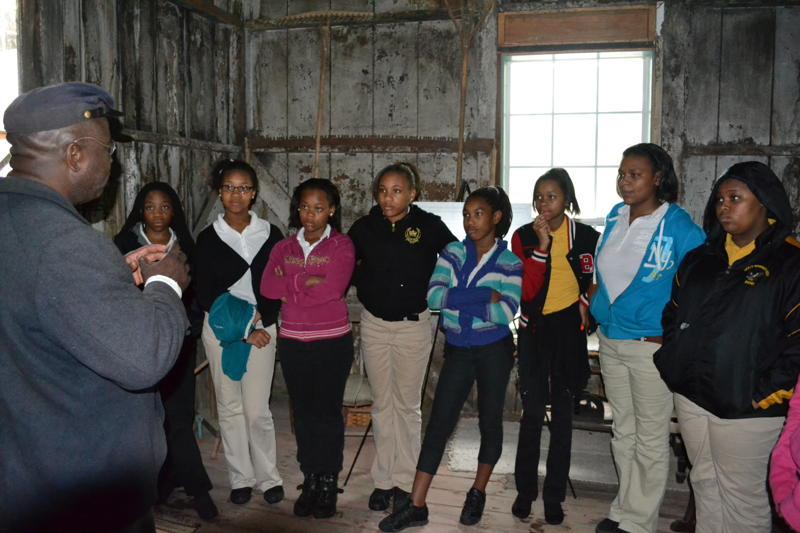
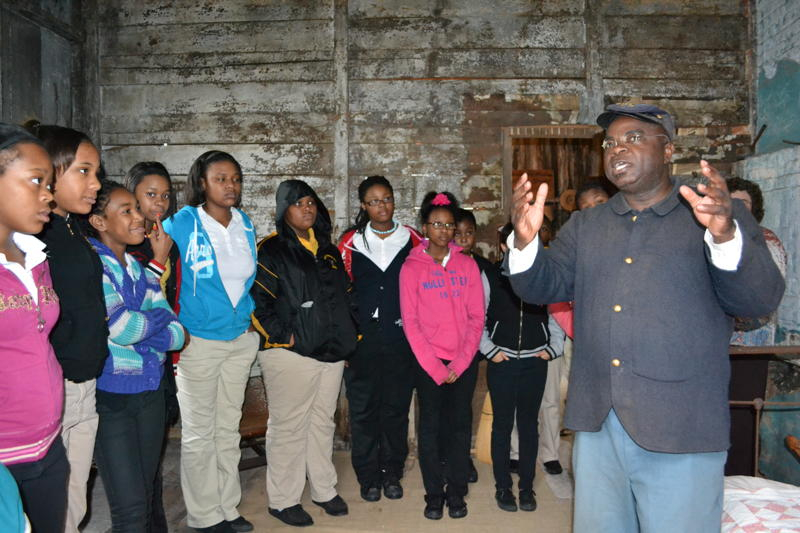


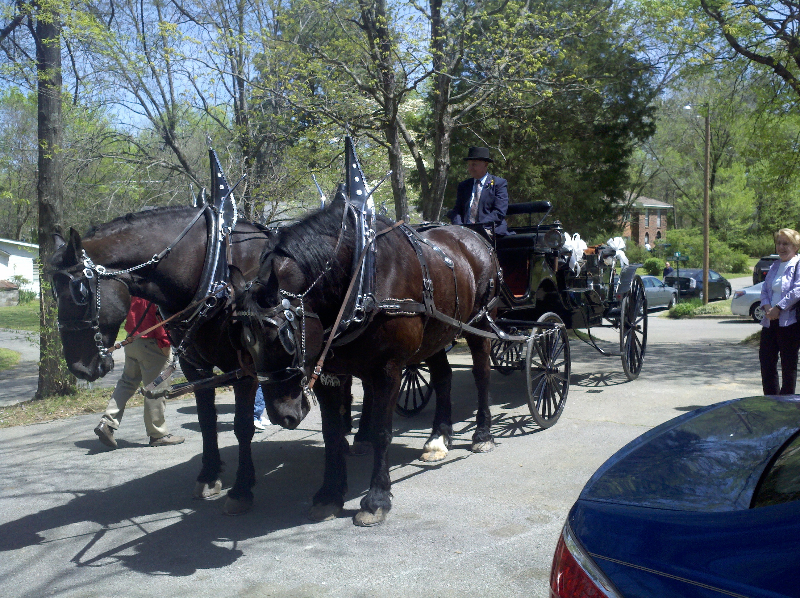

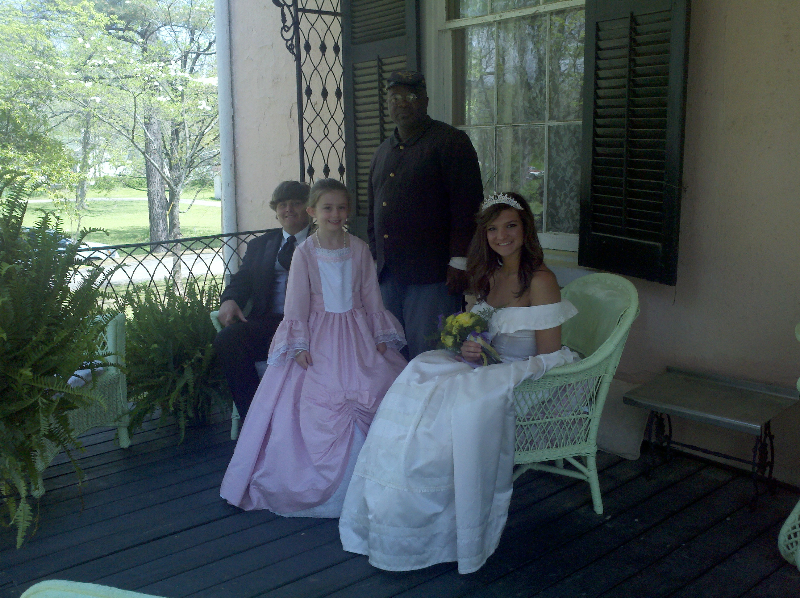
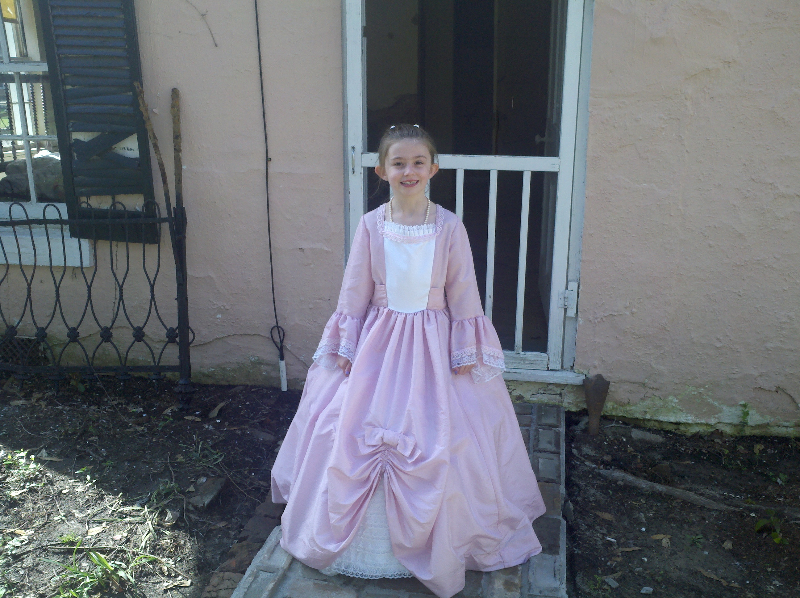







Just wondering: are you tracking — precisely or otherwise — the number of visitors to the dwellings who are neither "black" nor "white" (by which I mean people who either hail from outside the U.S. and/or do not self identify as either "black" or "white")?
Alex, Each stay is different with some not allowing for any public visitation or interaction at all. Some of the 39 places I've stayed are privately owned and do not allow visitors. You query is pertinent because there is a good representation of places I've stayed that thrive on visitation. When I interact with the public, I almost always ask the visitors where they are from but the information is only for my personal knowledge.